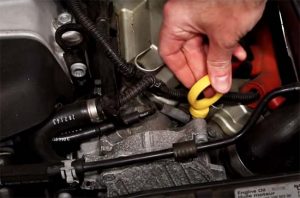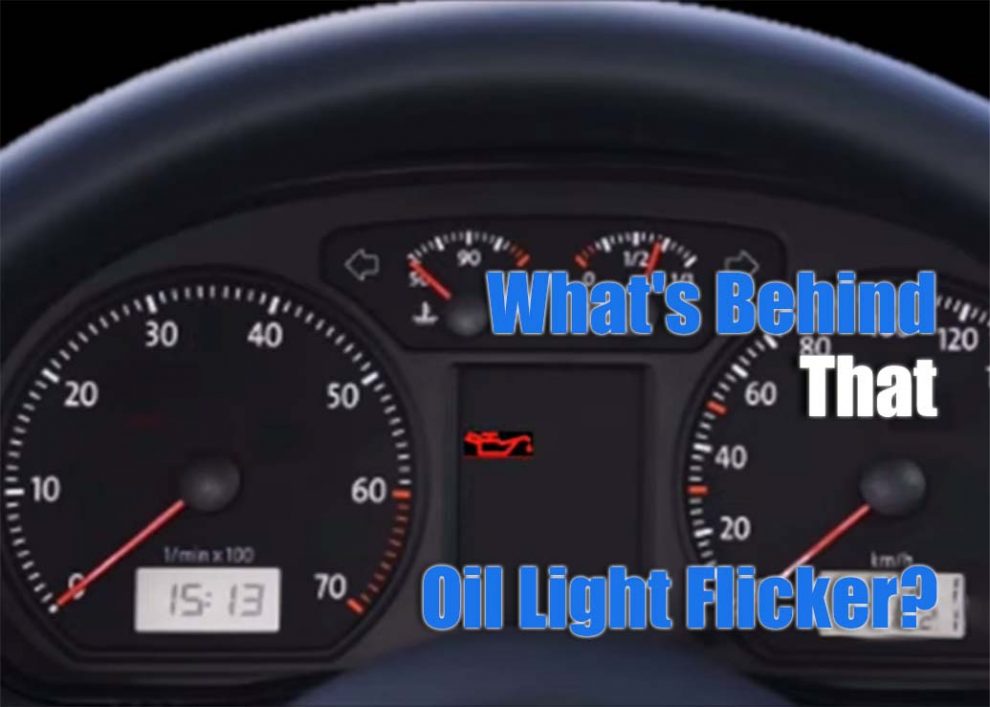The dashboard, with its array of lights and gauges, serves as the interface between the machine and the motorist. The oil light, in this ensemble, is akin to a vigilant sentinel, always on the lookout for disturbances in the engine’s equilibrium. Its occasional flicker, easy to dismiss as a minor anomaly, often carries with it a message of deeper, underlying issues. This light is not merely a bulb on a dashboard but a vital sign indicating the health of the engine, and understanding its language can be crucial to prolonging the life of your vehicle.
The Role of Engine Oil Pressure
At the heart of a vehicle’s performance is the engine, and its lifeblood is the engine oil. This fluid does more than just ensure smooth movement of parts; it acts as a shield, protecting internal components from excessive wear, corrosion, and the damaging effects of heat. However, for the oil to perform its duty efficiently, it needs to be propelled under a certain pressure, ensuring its reach to every nook and corner of the engine. This force, aptly named oil pressure, is what guarantees the oil’s effective distribution. When this pressure is stable and at recommended levels, engines function seamlessly. But any variance, even minor, can disrupt this harmony, often leading to the flickering of the oil light as a first sign of trouble.
Tracing the Roots: Reasons for the Flicker
 Understanding an issue requires a deep dive into its genesis. The flickering oil light isn’t an exception. This seemingly benign flicker can have roots traced back to various factors:
Understanding an issue requires a deep dive into its genesis. The flickering oil light isn’t an exception. This seemingly benign flicker can have roots traced back to various factors:
-
Depleting Reserves: The engine oil level might be on the decline. This could be due to a multitude of reasons such as unnoticed leaks, infrequent oil replacements, or natural consumption by the engine over prolonged drives.
-
Sensor Snags: Modern engines rely on oil pressure sensors to monitor and report the state of oil in real-time. However, like all electronic components, these sensors can sometimes falter, leading to misreadings and resulting in unwarranted oil light flickers.
-
Pathway Blockages: The engine’s architecture is riddled with channels and filters designed to direct and purify the oil. Over time, impurities, sludge, or debris can clog these pathways, obstructing the smooth flow of oil and potentially causing the light to flicker.
-
Oil Viscosity Variance: Engine oils come in different viscosities, each tailored for specific engine types and conditions. Using an oil variant not suited for your vehicle can impede its optimal function, sometimes causing the oil light to signal a mismatch.
-
Aging Engine Wear: As with all things mechanical, engines, over years of use, can exhibit wear and tear. This natural degradation can affect the oil’s distribution, flow, and pressure stability, potentially leading to the intermittent flickering of the oil light.
Ignoring the Blink: What’s at Stake?
At a glance, the flickering oil light might seem like a minor issue, one that can be addressed later. However, procrastination in this context can be both dangerous and expensive. Without the proper circulation and pressure of oil, engine parts can rub harshly against each other, leading to accelerated deterioration. As these components grind, they produce excess heat, pushing the engine closer to the risk of overheating. Beyond the wear and tear, this friction can substantially degrade the engine’s efficiency. This results in not just reduced performance but also a significant drop in fuel economy. Over extended periods of neglect, what could have been a simple fix can transform into a mammoth task, necessitating extensive repairs or even a complete engine replacement. And while the financial implications are concerning, the potential safety hazards of driving with an impaired engine cannot be underestimated.
Practical Steps to Combat Oil Light Flicker
Forewarned is forearmed. With the knowledge of potential causes, one can:
- Maintain a calendar for regular engine oil checks.
- Seek a professional’s opinion if suspecting sensor issues.
- Adhere to oil change schedules and ensure filters are replaced concurrently.
- Validate the compatibility of the oil in use with manufacturer recommendations.
- If persistent issues arise, a thorough engine check might be in order.
Final Thoughts
Proper engine care extends beyond basic maintenance. Opting for high-quality engine oil from reputable brands ensures superior protection against wear and tear. Another integral aspect is maintaining the oil’s optimal temperature, especially in varying driving conditions. Incorporating tools for this purpose can be beneficial. For those interested, our guide on the Best Cold Air Intake for Jeep Renegade elaborates on its merits. Additionally, regular tune-ups and staying updated on automotive advancements can help keep your engine running smoothly, reducing the chances of the oil light flickering.


Add Comment